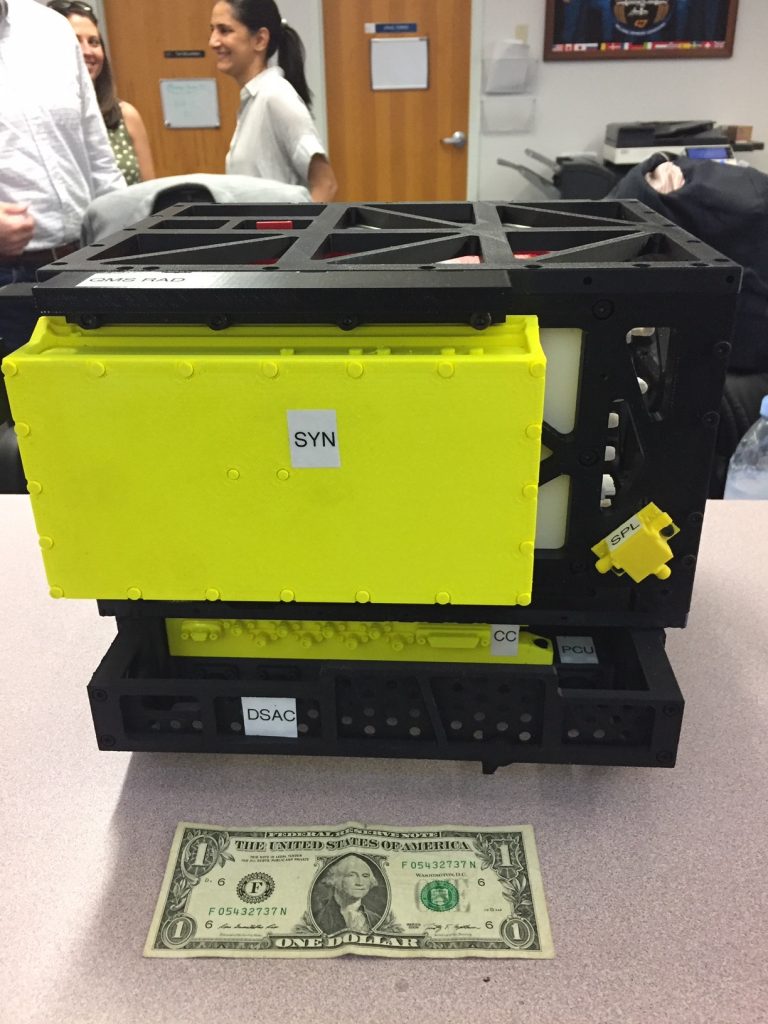KENNEDY SPACE CENTER, FLORIDA — NASA is poised to demonstrate an advanced atomic clock that could someday markedly improve satellite navigation.
The Deep Space Atomic Clock (DSAC) uses mercury ions suspended in a vacuum container to mark the passage of time. The ions emit precise frequencies of light that can be used to regulate more mechanical time-keeping mechanisms like quartz crystal clocks.
The vacuum container controls the ions so they do not hit or become imbedded in the container’s walls, throwing off the system’s accuracy—resulting in a clock that is 50 times more stable than the already remarkable clocks at the heart of the GPS satellites.
“That’s an important part of how we get the clock stability that we do because there’s
no loss in clock stability as those mercury ions impact the walls of the container,” said Jill Seubert, deputy principal Investigator for the DASC program.

The launch is set to take place during a four-hour window starting at 11:30 pm Monday, June 24. The payload is part of some two dozen that will be sent into orbit aboard a Falcon Heavy rocket owned by the SpaceX company.
The demonstration is a big deal because it advances the technology from technology readiness level 5 to 7, said Seubert, and that really takes it from ground laboratory tried-and-true to space tried-and-true.
Though this approach used on DASC is not used on the GPS satellites it would make a lot of sense to incorporate it into future GPS spacecraft said Seubert. The improved clock accuracy would mean the Air Force would not need to do the twice-a-day clock correction uploads that they currently do.
Lockheed Martin, the contractor for the next generation of GPS satellites, is not evaluating DASC for the GPS IIIFs—the next generation of satellites—but is “always interested in any technologies that could improve the PNT (position, navigation and timing) mission for the four billion commercial, civil and military users of GPS,” said a Lockheed spokesman. “We are cheering for NASA on this mission and will be interested in the data produced during DSAC’s demonstration over the next year.”






